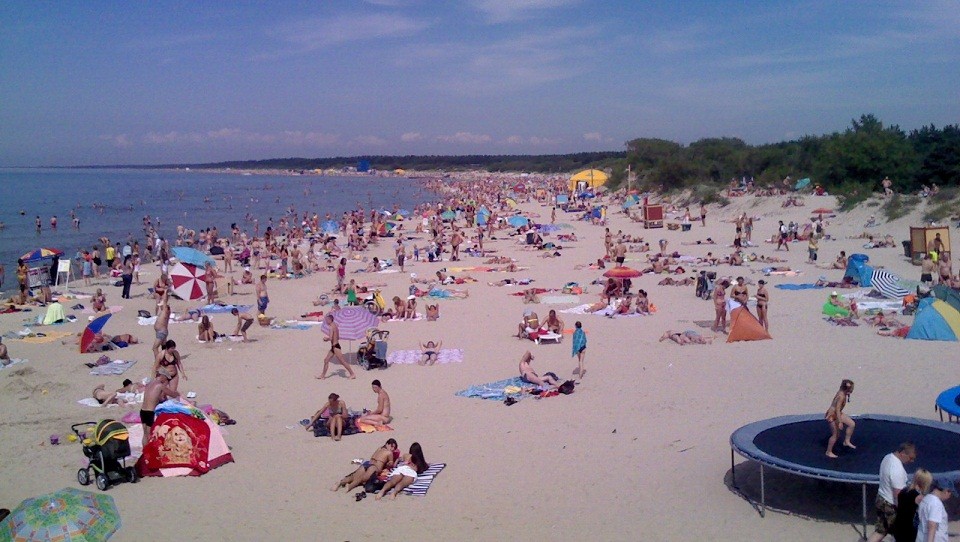Resorts of Lithuania
For such a short seashore (90 kilometers), Lithuania surely has much to offer for vacationers. Many different resort towns adorn its wide sandy beaches. In the north, there is the “flagship” Palanga resort with its loud music, funfairs, loads of entertainment and hordes of people. Even closer to the Latvian border stands the smaller Šventoji that has an image of a family resort. Klaipėda is a port city but its forested seaside districts do have a resort feel.
Half of the Lithuania's shore length is part of the Curonian Spit national park – a narrow peninsula of large moving sand dunes. They are now mostly covered by a pine forest, however, they are impressive both where they are forested and where they aren’t, as are the park's former fishing villages full of wooden homes and villas of centuries gone by. That is Neringa. This nature-oriented resort (or rather a long chain of ecological resorts), the most expensive in Lithuania, would not look out of place in any Western country.

A crowded beach in Palanga on a hot and sunny summer day. The short Lithuanian coastline means many sunbathers per beach kilometer, but you may always find a more isolated place outside the major resorts. ©Augustinas Žemaitis.
What you won’t find on Lithuania’s shores are the monstrous Mediterranean-type hotels. With a shoreline so short, it is treasured and conserved. All beaches are public (free to use) and adjacent to the beaches, there are stretches of pine forests left for hiking and cycling (cars are largely banned there). Any real estate closer to the sea is extremely expensive and the lack of coastline is so intense that Lithuanians bought up almost every house in certain Latvian seaside villages just beyond the state boundary.
The only drawback is the architecturally unappealing large Soviet buildings, some of which were even built Neringa, let alone Palanga. They are built further from the coast but still stick out above the trees. These eyesores are compensated by new developments such as musical fountains or nice landscapping.
The Lithuanian summer sun is definitely hot and the dunes (a feature of many beaches) offer a wind coer for sunbathers, but the sea water stays cool, with 20 C water temperature considered especially warm. Lithuanians enjoy refreshing themselves in the sea after (or in-between) baking in the sun (on the beach itself in the hotter days and amidst the dunes on the cooler or windier days).
Although it is the seashore most Lithuanians visit in summer if they could, not every Lithuania’s resort is there. Another type of resorts are the spa towns which have been growing in popularity lately, frequented both by Lithuanians and foreign tourists alike.
Both Lithuanian seaside resorts and spa towns tend to be surrounded by pristine nature, especially forests. This is an image of Nida in the Curonian Spit. ©Augustinas Žemaitis.
The largest Lithuanian spa resort is Druskininkai, built in the 19th century on the banks of Nemunas river soon after mineral springs have been discovered there. It has expanded beyond spa in recent decades, adding an indoor skiing slope, a cable car, an adventure park and a museum of Soviet sculptures, among other attractions.
Birštonas is the second largest Lithuanian spa town that has also been recently successfully reinventing itself after years of stagnation, following the steps of Druskininkai.
All-in-all, the spa tourism that had a rather bad image until the 2000s (as the spas were considered rather outdated and oriented to serious patients only) is now a viable and modern year-round alternative to the seaside resorts, although the seaside resorts still dominate the Lithuanian summers.

A map of Lithuania's resorts. ©Augustinas Žemaitis.



Leave a comment